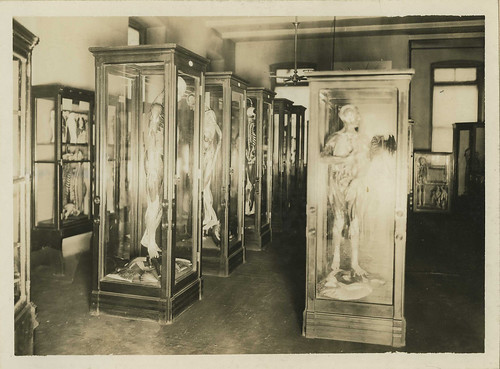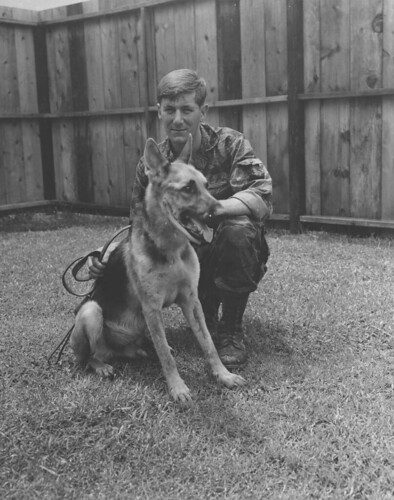
I haven't printed it yet although we're trying, but flopping and inverting the picture lets you see it:

When we get it printed, a scan will be available from the Museum. In the meantime, it sparked a letter from the March of Dimes archivist which included this information on their archives. David's given his permission for me to repost the information.
March of Dimes Archives
The March of Dimes Archives is the official repository of non-current records of the March of Dimes. The mission of the Archives is to identify, acquire, preserve, and provide access to records documenting the history of the March of Dimes. The records consist of published and unpublished information in a variety of media created, received, and maintained by the March of Dimes and its predecessor (The National Foundation for Infantile Paralysis) in the conduct of business. Our collections include correspondence and other textual holdings, photography, film and videotape, electronic records, medical artifacts, posters, and memorabilia. The March of Dimes archivist oversees the proper organization and storage of its collections and provides both staff and the general public with information about its holdings.
Our archival collections document the history and achievements of one of the most successful voluntary health organizations in history. Highlights include the letters of Franklin Roosevelt and Basil O’Connor (first president of the National Foundation); the medical program to eradicate polio and the Salk vaccine field trial of 1954; fund-raising events such as the Mothers March, Waldorf-Astoria fashion shows, and WalkAmerica; the National Foundation Expanded Program (1958) that launched birth defects prevention as a mission objective; the career of Virginia Apgar, creator of the Apgar Score for evaluating newborns; perinatal health initiatives, including Toward Improving the Outcome of Pregnancy, a plan for the regional development of maternal and perinatal health services. Our archival resources are used by March of Dimes staff at the national office and chapters and by researchers from all walks of life who study, publish, and produce films and exhibits on epidemic disease, the history of medicine and public health, vaccines and vaccination, entertainment and political celebrities, volunteers and volunteerism, American popular culture, women’s history, disability studies, and much more.
March of Dimes archival collections include:
• Salk and Sabin Polio Vaccine Records
• Medical Program Records
• Fund Raising Records
• Film, Video, and Photography Collections
• March of Dimes Publications
• Chapter Organization and Activities Records
• Salk Institute for Biological Studies Records
• Basil O’Connor Papers
• Virginia Apgar Papers
Need assistance with historical questions? For information, please contact:
David W. Rose, Archivist
March of Dimes
1275 Mamaroneck Avenue
White Plains, NY 10605
914-997-4221
drose AT marchofdimes.com
You can also see the polio pictures we do have in the Museum, and we've got the film, Born in the White House, about the March of Dimes.








































